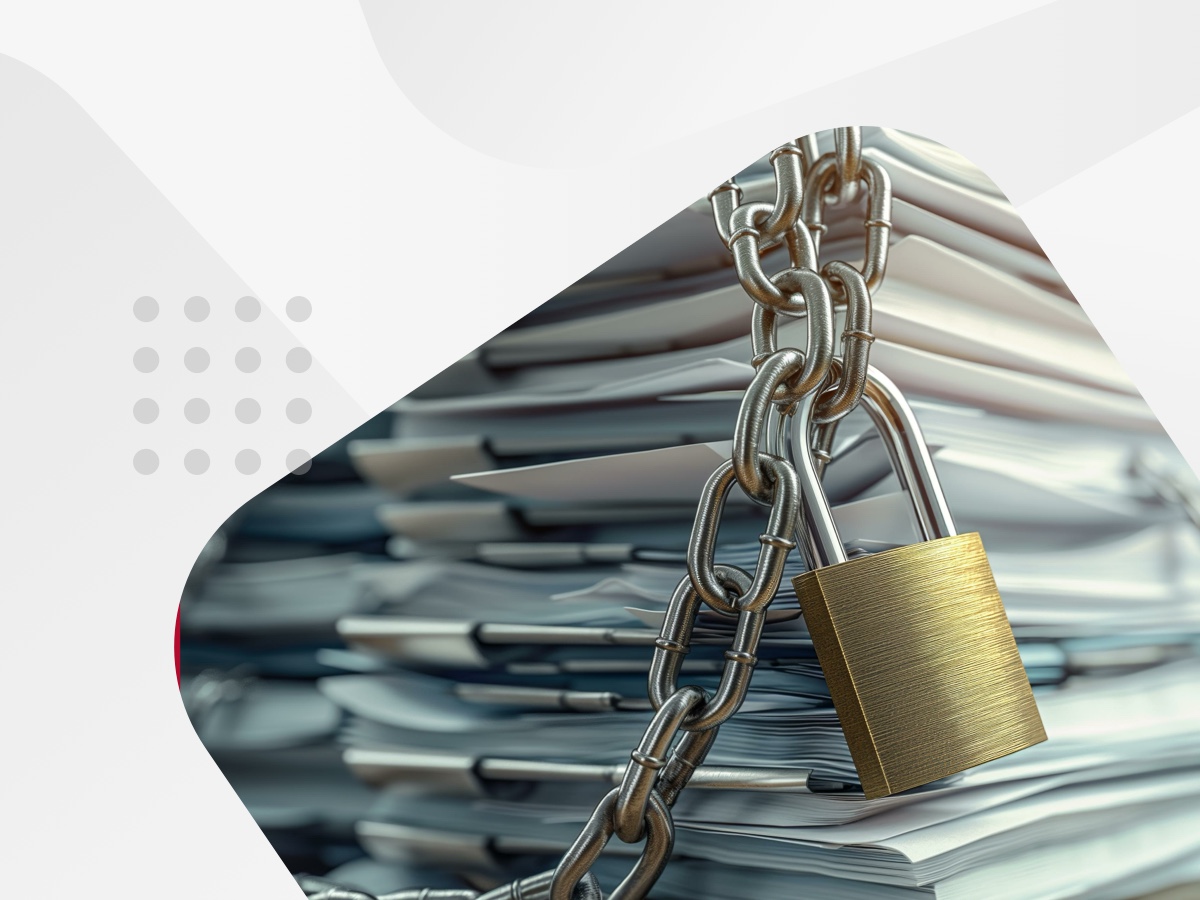It’s that time of the financial year again where you’re faced with a decision about how to treat your bad debts. Should I ‘take the hit’ by writing-off the bad debt and try to claim a deduction, or do I keep it on the books and keep chasing the debtor?
Many business owners/operators decide to take the hit because collection has become difficult. The debtor can’t be found, behaves in a way that continually delays payment, or the creditor has simply exhausted all options. Often there is fear about ever-increasing legal costs to recover the debt without any guarantee of payment (especially if the debtor ends up in liquidation or bankruptcy, which can take months or years to complete).
Of course, you can do both – write-off while you continue to chase the debt. But often once the debt is off the books and not front of mind, you become complacent just getting on with business.
These are all valid reasons to write-off your bad debts at the end of the financial year, and only you know what’s best for your business. But we find that those decisions can be made in the heat of the moment without objectively considering all the consequences of bad debt write-offs.
We’re here to save bad debt remorse with five reality checks (or reminders) to consider before you decide what to do with bad debts at EOFY. And we’ll give you some legal tips if you decide to continue recovery efforts.
Five reality checks about bad debts
Writing off a bad debt always costs you money.
Yes, you get a deduction, but only if you comply with all the ATO’s requirements and you must remember that the value of any deduction is not the full dollar value – it’s only a percentage of your loss depending upon your tax bracket.
The write-off amount comes straight off the bottom line
Many don’t even consider what they need to generate in revenue to get back to that pre-write off position. For example, assuming your margin is 10% and you decide to write-off $10,000 bad debt. You will need to generate $100,000 in revenue just to re-make that $10,000 and get back to where you were before the write-off. We have seen businesses wipe seemingly small debts at EOFY, not realising what they actually need to do to get back to where they started.
A bad debt is avoidable
You don’t have to endure the stress of not getting paid. If you are well set up with proper documentation, a credit assessment process and collections policy, then you can mitigate your risk. Every business will experience bad debts at some stage, but if you are prepared you can save a lot of time and money. Instead of throwing good money after bad, put it into getting your processes and documentation set up.
Sometimes that bad debt can send you broke
That big customer you sell most of your product to; that account where the customer keeps getting bigger and bigger and the DSOs keep expanding; those promises that are never kept. At some stage you need to give those customers their own reality check – are you going to pay? If not, why not? If so, when? Bad debt remorse can send you broke – never let an account become life threatening to your business.
Take external action
If your business is not recovering its receivables as well as it should, talk to a lawyer. Sometimes all it takes is a lawyer’s letterhead to force payment. We see businesses that struggle with receivables and it’s not a good place to be. Morale is down, frustration is high, and you’ve lost leverage with the debtors. Escalating the matter and putting it in an expert’s hands can help.
Tips to recover your bad debts
If you do decide to continue recovery efforts, here are 5 things you can do for bad debts now or to save more arising in the future:
Review your Terms & Conditions
Do you have the right debt recovery tools in your customer agreements? Can you charge interest on overdue amounts? Can you lodge caveats over property? Can you call for a mortgage? If not, consider adding useful debt recovery tools to help you.
Implement a Personal Guarantee
Give yourself an additional way to recover payment by having individual business owners guarantee payment in their personal capacity. Of course this won’t help with existing bad debts, but it can save more in the future.
Send a legal letter of demand
Quick. Inexpensive. Effective. Sometimes all it takes is a lawyer’s letterhead to force payment.
Garnishee your debtor’s bank account or wages
Liquidation and bankruptcy can be very expensive debt recovery routes if your debt is on the lower end of the spectrum. If you know who your debtor banks with or works for, garnishee orders can be useful and inexpensive ways to enforce debts.
Register assets on the PPSR
If your customer enters liquidation, administration or bankruptcy, you need to be able to repossess your unpaid goods and access any dividends in priority to other creditors to pay your debts. The PPSA regime will help you to do that, but remember that you first need the right PPSA documentation and correct PPSR registrations.
Get in touch
For more information on how to better safeguard your cash flow, contact our team today.

Get started with CreditorWatch today
Take your credit management to the next level with a 14-day free trial.

